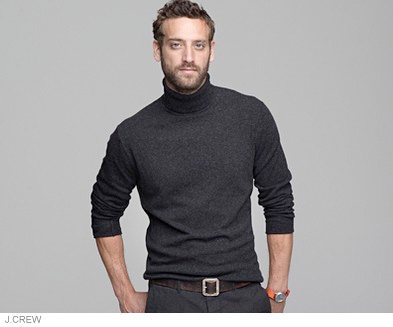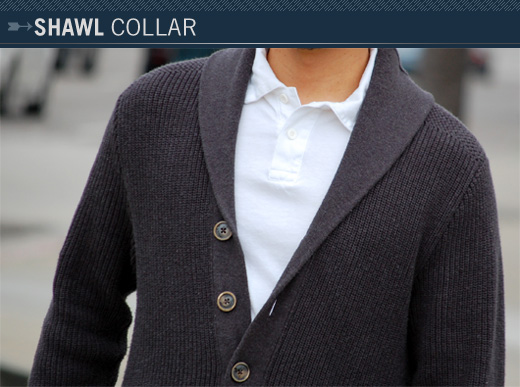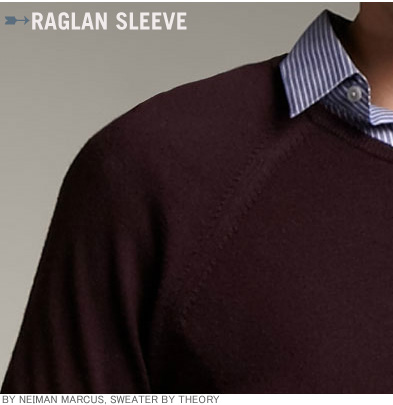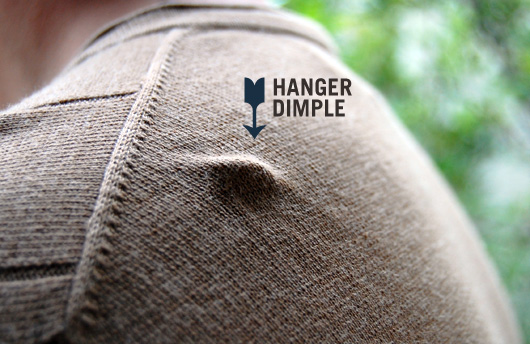So you’ve opened your gifts, carved the ham, and done the all-so-important returning of the gifts the day after. Christmas is officially over, but winter is in full swing and that means it’s still sweater season. Whether you’re in 20 degrees below zero or 60 degrees where you live, there is a sweater for every occasion. Here we dissect the fabric, fit, function, and maintenance of the favorites you may already have and the ones you have yet to buy.
Fabric
Possibly the most important factor in selecting a sweater is choosing the proper fabric. Too light and you’ll be bone cold. Too heavy and you’ll be sweating like a dog in heat. Nailing the fabric is paramount. Nine times out of ten natural fibers will look better, feel better, and last longer than sweaters full of synthetic material. Look out for nylon, rayon, polyester and the like. While synthetic fibers have their place in your wardrobe; this isn’t it. Natural fibers will cost more but the investment over time will serve you well.
Some of the most common fabrics and weights include:
Sheep Wool – Probably the most used fabric for sweaters behind cotton. There are many different types which all have varying degrees of softness and warmth. Merino, Shetland, and Lambswool (from the first sheering of a sheep) are the most common. Merino is softest followed by Lambswool and then Shetland. When you were growing up and your favorite sweater (make that the sweater your mom liked to see you in) was itchy it was because it was probably a coarse wool like Shetland versus a smooth Merino.
Cashmere – This wool, which comes from goats, is the epitome of luxury. Extremely soft, lightweight, warm and delicate—although less than you may think. This is the good stuff and you’ll pay a pretty penny for it. Every man deserves to have the enjoyment of feeling cashmere against his skin. If you don’t buy one for any other reason, remember women love cashmere and any man in it.
Cotton – A very common material. Durable, lightweight, and cool. This is what you wear in the spring and summer to ward off the late night chill. Mostly used in casual dressing but can be dressed up appropriately if done well.
Linen – Strictly for warm weather wear. Light, breathable, and absorbs moisture much better than cotton. Most men are fearful of linen because it wrinkles, but this is part of the character of the fabric and also how it helps keep you cool.
Silk – It’s rare to find sweaters made of 100% silk, but it is used as an insulator and to add a bit of refinement. Silk is soft and durable but also retains heat well. Look for it combined with other fabrics.
Blends – Blending the above materials make sweaters either lighter and cooler, or heavier and warmer depending on the content. Putting together high end materials like cashmere, silk, and wool will produce a more refined and classy product; while combining lower end fabrics like cotton and linen will produce a rougher, lighter, more durable product.
Fit
The first aspect of fit when it comes to sweaters is the neckline. Most men are only familiar with a few of them. This is how to choose which is best for you.
Crew neck – What 90% of men wear, but in our opinion severely overused. Recognized by the full circular collar. Originally worn by rowing, boating and crew members—hence the name.

V-neck – Recognized by the cut out V at the neckline. This V shape elongates the man, will give him height visually and keeps the wearer cooler. It also allows for the tie to be shown off as well as an open collar in casual environments. V-necks flatter every man and should be worn often.



Turtleneck – This sweater does not get nearly as much attention from most men as it should. Walk around in many retail stores and the men’s turtleneck is nowhere to be found, while there are stacks for women. We’re not quite sure why this is since the turtleneck is such a versatile piece. It can be dressed up under a blazer for a holiday party or worn casually alone for a walk in the park. The key to wearing it is to get the right roll at the neck and to never tuck it in.
 Roll neck – Often confused with the turtleneck. It’s actually more like its cousin. A half breed between a turtleneck and a crew neck. It’s a combo of both. It commonly comes with a high collar with the edge rolled a bit. It is inherently worn casually.
Roll neck – Often confused with the turtleneck. It’s actually more like its cousin. A half breed between a turtleneck and a crew neck. It’s a combo of both. It commonly comes with a high collar with the edge rolled a bit. It is inherently worn casually.
Shawl Collar – Our personal favorite. Recognized by the extra fabric wrapped around the neck for comfort and warmth. Most common in cardigans, but can be seen in other forms as well. Wear it casually, dressed up, or for comfort as a replacement for a hoodie.



Set in sleeve – A sleeve that is sewn onto the body, essentially sewing two separate pieces of fabric together. Set in sleeves are more professional because of the use of seams and extra stitching.
Raglan sleeve – Using one continuous piece of fabric for the sleeve with no joining of a separate piece until the neck.

Sweater vest – Similar to most v-necks, but lacking sleeves, sweater vests make a great layering option for suits.


Function
Once you’ve chosen the right fabric and most appropriate fit, it’s important to know when, where, and how to wear your sweater. Rocking the reindeer Christmas sweater in July? Not a good look. Put your sweater to work the right way.
On duty – Work, business meetings, ceremonies and other formal environments call for a more refined look. Wear thinner, lighter, softer, and more subdued fabrics and colors. V-necks are universal in business. Wear minimal patterns and keep texture soft and smooth.
Off duty – Travel, athletic pursuits, lounging at home, parties, etc. call for something a bit more casual. Thicker, coarser, and louder patterns are acceptable.
Maintenance
Okay, so you think you’ve got the game wrapped up with sweaters? But what happens when you take it off? What happens if–more like when–it gets dirty? Oh, and don’t forget the huge head of yours stretching out things that shouldn’t be. There are certain ways to wear and care for you sweaters to keep them fresh and lasting as long as winter.
Cleaning
If you’re purchasing quality sweaters and rotating them properly they won’t need much cleaning. Most sweaters without stains can do with a cleaning at the beginning and end of the season. Or right after they’re taken out of storage and right before they’re returned in.
The best advice is to follow the instructions on the care tag. If it says “dry clean only” then do so. If your sweater says “do not dry clean,” it's best to wash it by hand. This will most likely be your cashmere goods. To wash by hand we recommend using cold water. Fill a clean sink or bath tub with enough cold water to soak the garment. Use either a delicate detergent such as Woolite or a capful of dish soap will do. Soak the garment for about 30 minutes or until you think you’ve gotten the funk out of it.
Rinse gently with cold water and squeeze the garment but DO NOT RING it. Twisting the garment will destroy the fibers and the sweater will never be the same. Instead, squeeze out the water and soap gently and reshape it to its natural form. Lay it flat on a dry towel and pay it dry with another. Then let Mother Nature take over the drying process.
This is certainly more work than dumping it in the washer and dryer, but it will prevent pilling, shrinking, and destroying the fibers.

Storage
Before and after washing your sweaters they should be stored in a canvas and/or air tight bin or bag where moths and temperature changes won’t negatively affect the garment. Never hang your sweaters on a hanger. Gravity and time will destroy the drape of the garment, and leave dimples where the sweater contacted the points of the hanger.
Always fold your sweaters and return them to their bin and/or bag. Keep them in a cool, dry place and be sure to check them for moth larvae under and around the hems after opening them before the season, and before returning them to the storage at season’s end.
Take the time to choose the right fabric, fit, and function of your sweater and you’ll spend the winter warm and toasty, while everyone else is left in the cold.

















